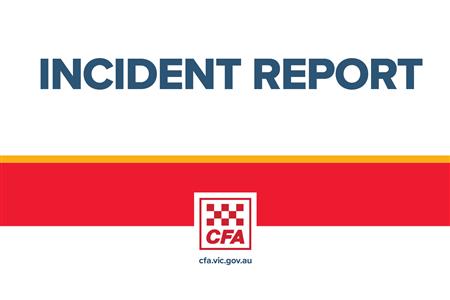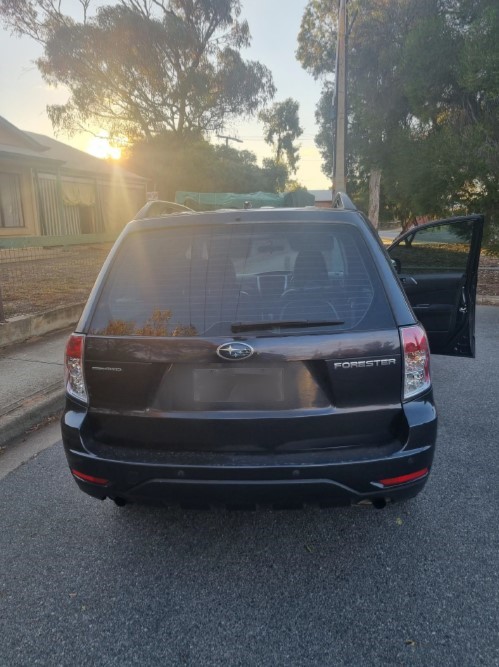Understanding property market trends, the impact of investors and various first homeowner grants could be crucial before making a significant property purchase.
First home buyers are facing an increased number of challenges in purchasing their first property. In 2023, housing affordability declined, making it more difficult for first time buyers to purchase property in the Australian market.
This was driven by a simultaneous surge in both housing and rental values, coupled with a rise in interest rates, as highlighted in a recent report by ANZ and CoreLogic. It was also revealed that saving for a 20 per cent deposit would now require saving for a substantial average of 9.7 years.
Home ownership continues to be a widely held aspiration in Australia, as it affords owners with security of housing tenure as well as long-term social and economic benefits. “While first time home buyers encounter numerous challenges in acquiring their initial homes, it is crucial to be well informed about the optimal timing for making this significant purchase when the opportunity arises,” says Professor Peter Swan, School of Banking and Finance at UNSW Business School.
“Purchasing property without knowing the market could lead to first home buyers having challenges in making their mortgage repayments.”
While the odds may be stacked against first time buyers, staying up-to-date and informed in the market can help secure homeownership. Prof. Swan and Dr Nalini Prasad, a Senior Lecturer in the School of Economics at UNSW Business School discuss the current property market and the best times to buy for first homeowners.
When is a good time to buy your first home?
Prof. Swan: A good time to buy is when house prices are relatively depressed, and you are capable of raising the deposit and meeting interest payments on your loan.
Dr Prasad: Typically, individuals used to find work, get married and buy a house to raise kids in. But house prices have increased, requiring more years of savings – and often two incomes – to purchase a house. This has increased the average age at which individuals buy their first house to 36. People need to have enough savings to get a deposit for their house, but this is hard to do when prices are rising faster than incomes. A good time to buy is after people have built up savings, when interest rates are low and when house price growth is cooling.
When do you think housing prices will start to decline?
Prof. Swan: Housing price changes are very much economy-dependent and exceedingly hard to predict. Inflation rates remain well above Reserve Bank guidelines of 2 – 3 per cent. Should the Reserve Bank continue to raise interest rates to precipitate an economy-wide decline, combined with a fall in new immigrant arrivals, then we could see a decline in house prices.
The bankruptcy of thousands of home builders, the inability to hire tradesmen and negligible new land release means that supply shortages will persist. These supply constraints combined with high immigrant numbers make it unlikely that there will be substantial price falls in the near future.
Are there any patterns in the property market that first home buyers should look out for?
Prof. Swan: First home buyers should be wary of buying into a rising market with a combination of high inflation and rapidly rising interest rates, as such a combination may lead to recession and rising unemployment. Vulnerable first home buyers may be squeezed and unable to meet their repayments with their property being repossessed. This happened during the Global Financial Crisis.
More stable markets with the absence of inflation and less prospect of a recession better suit low-income first home buyers.
Dr Prasad: The amount of debt you take out and your ability to repay that debt is important. In a market when prices are rising rapidly, it’s easy to pay more for property than you intended and take on a lot more debt. Being employed is important for paying back debt, as periods of high unemployment make it harder for first home buyers to enter the market.
In the current market is it better for first home buyers to continue renting or purchase property?
Prof. Swan: A tight rental market, especially in Sydney and Melbourne, encourages renters who can afford to buy their first home and get on the property ladder. The downside to the present property market is high inflation as well as high and rising interest rates. These make it difficult for the first home buyer to meet interest payment requirements, especially if the job market weakens in the future.
Dr Prasad: At the moment, rents are increasing which makes buying a property more attractive. In some cases, rentals could become more expensive than mortgage repayments.
House price growth is also moderating in Australia which is helping to offset part of the effect of interest rate increases on the amount that people can borrow.
How can investors influence the market for first home buyers?
Prof. Swan: Investors typically are negatively geared and generate sizeable losses on their investments which means interest payments on loans way exceed their net rental returns in the first years following their purchase. These tax losses benefit the investor so long as they have other income that can be partially offset by these tax losses.
These losses benefit renters and those tenants who are unable to buy their first home. Negative gearing tends to push up house and land prices and encourages building of investment housing for rental purposes. The negatively geared investor assumes that capital gains on their investment (a rise in land and house prices) will eventually offset their early losses, particularly as their borrowings are repaid and the ability to create tax losses is diminished.
The taxpayer benefits when the property is eventually sold with a capital gain. The tax discount on capital gains encourages negative gearing and offsets to some extent that investors are taxed on their nominal capital gains in periods of relatively high inflation, such as at present. Moreover, personal tax rates are not indexed for inflation with inflation pushing many investors into higher income tax brackets.
Hence investment based on negative gearing and initial high debt benefits low-income investors who can obtain rental accommodation at discounted prices.
What is negative gearing?
Negative gearing is a financial strategy where an investor borrows money to acquire an asset, such as real estate, and the income generated from the asset is less than the expenses associated with it. The investor relies on potential capital gains to offset the ongoing losses and aims to benefit from tax advantages.
Dr Prasad: There is a perception that investors crowd first home buyers out of the housing market, and that increased investor activity drives up house prices, putting home ownership out of reach of first home buyers.
It is certainly true that investors tend to buy the same type of properties as first home buyers – namely apartments. But investors do provide rental housing for people who otherwise couldn’t afford to purchase a home and this function is important for any dynamic market.
Should buyers consider first home owner grants?
Prof. Swan: Governments wishing to stimulate housing markets and home construction often provide “benefits” to first home buyers. For example, the government might offer to share in the investment by offering some form of equity to the buyer.
The problem with government subsidies to first home buyers is that additional supply is inelastic due to limited release of land. Hence the subsidies add to the demand for housing and push up prices. These price rises hurt the first home buyer. When the subsidy scheme ends, house prices are likely to fall, further hurting the first home buyer who may be forced to sell during a recession.
Dr Prasad: There are government initiatives that save first home buyers money on stamp duty or allow first home buyers to purchase a house with a smaller deposit. These schemes are often popular as it appears that first home buyers can save money on stamp duty or purchase a house with a smaller deposit. The idea here is that this money saving can be used by first home buyers to purchase a house.
A problem with these initiatives is that if first home buyers have more money to buy a house then it will just push up the price of housing, leaving first home buyers no better off than without the government support initiative.
What should first home buyers do if they can’t afford to live in their current area?
Prof. Swan: As we have seen, negative gearing increases rental supply and enables lower-income individuals and families to live in more desirable areas. Lower-income first home buyers tend to be marginal and hence are forced to buy further out where new housing is being built. Hence, it is very likely that the first home buyer will not be able to afford to live in their current area.
The first home buyer will incur considerable tax liabilities on their purchase which will lock them in and make moving more difficult in future. Renting is more flexible and enables the renter to move when jobs shift to new areas. Hence there can be a downside to being a first home buyer.
Dr Prasad: There are two options: to rent rather than buy or to look at smaller houses or houses further away from the city. The suburbs that are most popular with first home buyers tend to be further away from the city or locations with a large supply of apartments.







